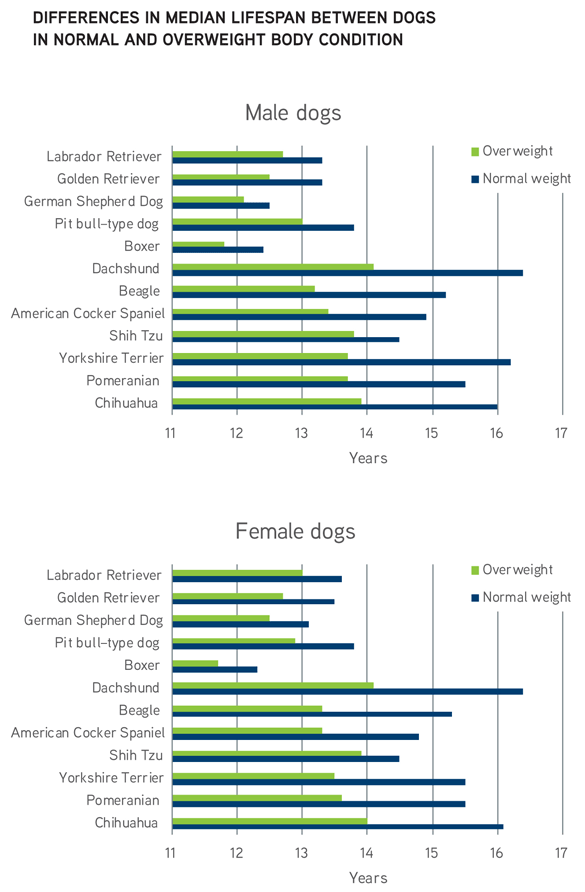Understanding Obesity in Pets
Obesity in pets, specifically defined as a body condition score of 5 out of 9 for dogs and 7 out of 9 for cats (WSAVA), is a rising concern among pet owners globally. This condition is characterised by an excessive accumulation of body fat, which can adversely affect pet health.
The Impact of Obesity on Pet Health
Obesity in pets can lead to several health complications such as joint problems, heart disease, diabetes, and even decrease their lifespan. It’s therefore essential to monitor your pet’s weight and maintain it within a healthy range.
Prevalence of Obesity in Pets
According to a recent survey, approximately 41% of Australian dogs and 32% of cats are overweight or obese. This increasing prevalence underlines the importance of understanding and preventing obesity in pets.
Understanding the Causes of Obesity in Pets
Obesity in pets is a growing concern in Australia, just as it is around the world. It’s essential to understand the root causes to prevent this health issue and ensure our pets lead long, healthy lives.
Overfeeding and Lack of Portion Control: This is one of the primary causes of pet obesity. Pets, like humans, can gain weight when they consume more calories than they burn. Pet owners need to understand the importance of feeding their pets the right amount of food. The RSPCA offers guidelines on pet nutrition.
Lack of Physical Activity:
Sedentary lifestyles can lead to weight gain in pets. Regular exercise is vital for pets to maintain a healthy weight.
Neutering or Spaying:
Pets that have been neutered or spayed are more prone to weight gain due to changes in metabolism and decreased energy needs.
Breed Predisposition and Genetic Factors:
Certain breeds have a higher predisposition to obesity. Genetic factors can also play a role in a pet’s propensity to gain weight.
Age and Hormonal Changes:
As pets age, their metabolic rates can slow down, leading to weight gain. Hormonal changes can also contribute to obesity in pets.
Understanding these factors can help pet owners take preventative measures to ensure their pets maintain a healthy weight.
Health Risks Associated with Obesity in Pets
It’s no secret that obesity significantly shortens a pet’s lifespan. In fact, studies have shown that overweight dogs may live up to 2.5 years less than their fitter counterparts, with similar implications for cats.

Beyond lifespan, obesity can trigger a host of ailments. Diabetes, a common obesity-related disease, can lead to severe complications if not managed effectively. Heart disease is another common issue, with excessive weight putting undue stress on a pet’s cardiovascular system.
Arthritis, too, is significantly more common in overweight pets due to the additional strain on their joints. Specific breeds have unique obesity-related problems – for instance, obese Dachshunds are more prone to back issues, while overweight Pugs may face breathing difficulties.
These health issues not only decrease a pet’s lifespan but also impact their quality of life. Obese pets may struggle with basic activities like walking or playing, leading to reduced physical activity and a lower overall quality of life.
By understanding the risks and addressing obesity in pets, we can work towards healthier, happier lives for our furry friends.
Identifying Obesity in Pets
Obesity is not just a human concern; it’s a significant health issue for pets as well. Recognising overweight or obese pets can be challenging for owners, so knowing the signs is crucial. Excessive body fat, difficulty in moving, or breathing problems could indicate your pet is overweight.
The Role of Vets in Diagnosing Pet Obesity
Vets play a key role in diagnosing pet obesity. Using a Body Condition Score (BCS), vets can determine if a pet is overweight, underweight, or at an ideal weight. This score ranges from 1 (underweight) to 5 (obese), taking into account the pet’s physique and palpable fat. Regular check-ups are essential to monitor your pet’s BCS and overall health.
Understanding the BCS
The BCS is a simple, yet effective tool vets use to gauge a pet’s body mass. A pet with a BCS of 1 is underweight, while a score of 5 indicates obesity. Understanding your pet’s BCS is crucial for monitoring and controlling their weight.
The Role of Diet in Pet Obesity
Obesity in pets is a growing concern in Australia, with recent statistics from the RSPCA indicating that over 40% of dogs and cats are overweight or obese. The role of diet is pivotal in this issue.
The Importance of Balanced Nutrition for Pets
Adequate and balanced nutrition is critical for your pet’s overall health. It’s essential to feed pets a diet tailored to their specific needs, considering factors such as age, breed, and health status. The Australian Veterinary Association provides a comprehensive guide on the nutritional needs of pets.
Common Mistakes Pet Owners Make When Feeding Their Pets
Overfeeding is a common mistake that leads to pet obesity. Pet owners often misjudge the appropriate portion size for their pets, leading to overconsumption. Another mistake is not accounting for treats and snacks in the pet’s daily caloric intake.
The Role of Treats and Human Food in Pet Obesity
While treats can be an effective training tool, excessive use can lead to obesity. The same goes for human food, which is often higher in fats and sugars than pet food. Pet owners should be aware of the caloric impact of these extra additions to their pet’s diet.
The Significance of Regular Exercise for Pets
Physical activity is a fundamental aspect of pet health. It not only enhances the overall well-being of your pet but also plays a crucial role in managing pet obesity, a growing concern in Australia. Regular exercise keeps your pet’s weight in check, boosts cardiovascular health, and aids in digestion.
Recommended Exercise for Diverse Breeds and Ages
The type and amount of exercise needed can vary greatly depending on a pet’s breed, age, and health. For instance, a Border Collie requires more physical activity than a Bulldog. Similarly, puppies and kittens require more playtime than their older counterparts. The RSPCA provides a comprehensive guide on exercise requirements for different breeds and ages.
Tips for Boosting Your Pet’s Daily Physical Activity
- Integrate more playtime into your pet’s routine. This could include games like fetch or chase.
- Regular walks are not just for dogs. Cats can also benefit from guided outdoor exploration.
- Consider pet-friendly exercise equipment like treadmills or agility courses.
Strategies for Preventing and Managing Pet Obesity
Obesity in pets is a growing concern worldwide. Implementing a proactive weight management plan is crucial for keeping your pet in peak condition. This includes a balanced diet, regular exercise, and portion control. It’s essential to consult with a veterinary professional, who can provide a tailored diet and fitness plan based on your pet’s breed, age, and health status.
The Role of Regular Vet Check-ups
Regular vet check-ups play a pivotal role in preventing and managing pet obesity. Veterinarians can monitor your pet’s weight, identify early signs of obesity, and adjust the weight management plan as needed.
Consistency and Patience in Managing Pet Obesity
Consistency and patience are paramount when managing pet obesity. Changing dietary and exercise habits is a gradual process, and immediate results should not be expected. Stay consistent with the plan, and be patient as your pet adapts to its new lifestyle.
Conclusion: The Importance of Understanding and Preventing Pet Obesity
In conclusion, pet obesity is not a trifling concern, but a significant health issue. It was elucidated in this article that obesity can lead to serious, even life-threatening conditions such as diabetes, arthritis, and cardiovascular diseases in pets. The onus lies heavily on pet owners to understand the severity of pet obesity and take immediate steps to counter it.
As a pet owner, you’re not just a caregiver; you’re the chief steward of your pet’s well-being. It’s crucial to keep a check on their diet, ensure they get ample exercise and schedule regular vet check-ups. The Australian Veterinary Medical Association provides excellent resources to help you manage your pet’s weight effectively.
We hope this information has underscored the importance of understanding and preventing pet obesity, and that it serves as a catalyst for action. You can make a difference in your pet’s life. Remember, a healthy pet is a happy pet.


